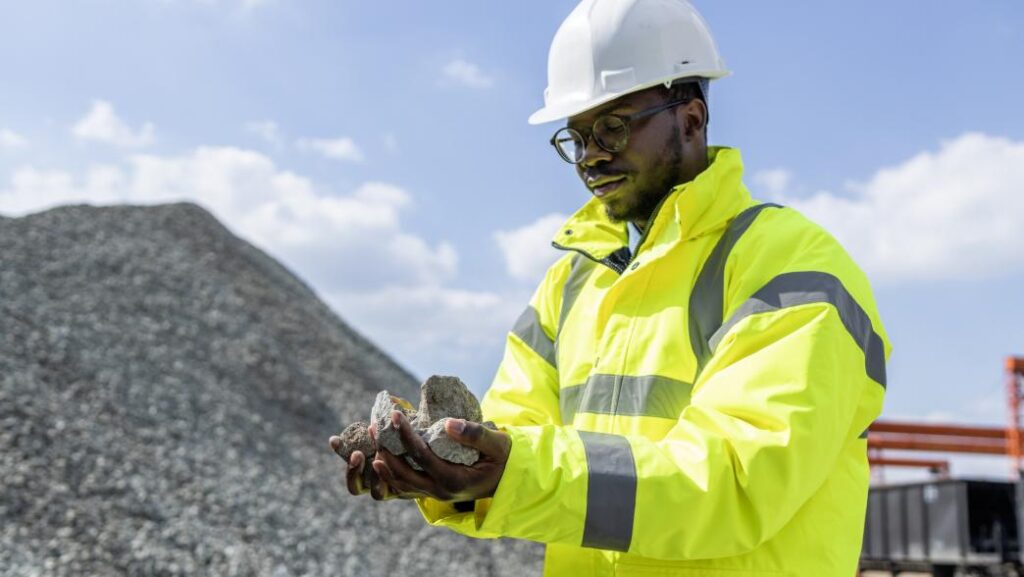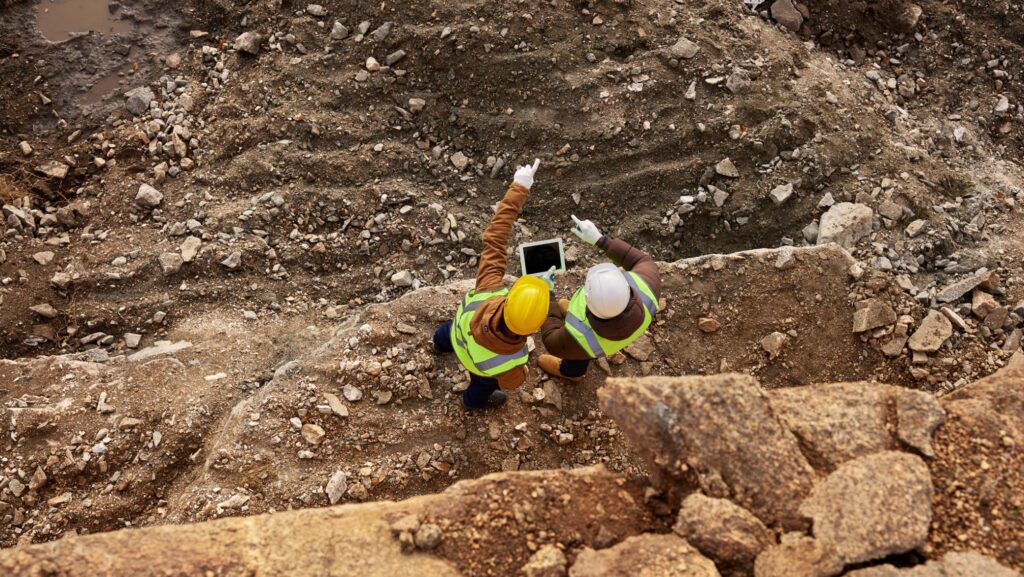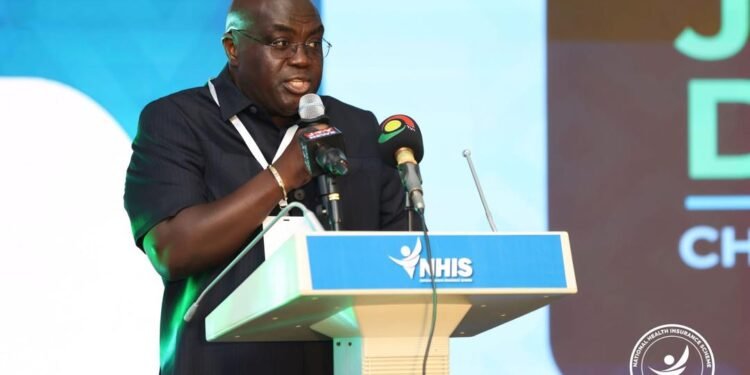Ghana has reaffirmed its position as one of the world’s foremost mining destinations, with the latest World Bank Group Report on Mineral Resources of Africa highlighting the country’s expanding gold output, strong performance in manganese and bauxite, and growing contribution to the global mining economy.
According to the report, mining in Ghana remains overwhelmingly dominated by gold, which continues to anchor the country’s mineral exports and foreign exchange earnings.
However, Ghana also features prominently in the production of alluvial diamonds (Birim), manganese, bauxite, iron ore, and phosphate rock, underscoring its mineral diversity and economic potential.
“There are a total of 74 gold projects in the country, of which 30 are operating mines and 11 are giant, including important Tier 1 deposits such as Ahapo, Bogoso-Prestea, Obuasi and the famous Tarkwa paleoplacer.”
World Bank Group Report on Mineral Resources of Africa
Ghana’s mining sector, the report notes, has undergone a phase of rapid exploration and production growth over the past decade, driven by improved regulatory reforms, rising global demand for green minerals, and the entry of international mining firms.
Ghana’s Gold Dominance and Strategic Deposits

The report identifies Ghana’s Ahapo, Bogoso-Prestea, Obuasi, and Tarkwa deposits as“Tier 1 giants,”marking them among the most significant and productive gold assets on the African continent.
The Akyem and Bibiani mines are ranked as Tier 2 giants, while Abosso and Chirani are classified as major Tier 2 deposits due to their exceptionally high grades and strong future production potential.
These developments, according to analysts, reinforce Ghana’s reputation as Africa’s largest gold producer and a global mining powerhouse.
The World Bank emphasized that the country’s sustained exploration activity and the presence of large-scale, high-grade deposits have positioned it at the forefront of global investment in gold mining.
The report revealed,“Ghana has been particularly successful, gradually climbing in the international world rank of producers to number six, just ahead of Kazakhstan,”noting that the country now accounts for a significant share of global gold output.
In 2023, West Africa collectively produced 513.8 metric tons of gold, representing 16.2 percent of total world production. Ghana’s contribution was instrumental in achieving this milestone, underscoring its growing importance in the global precious metals market.
Expanding Ghana’s Resource Frontier

Beyond gold, Ghana’s manganese and bauxite industries are emerging as critical growth frontiers, with the World Bank report highlighting the strategic relevance of these minerals in the energy transition and electric vehicle (EV) supply chain.
The report cited the Nsuta manganese mine, classified as a major Tier 3 operation, as a crucial source of carbonate ore used in producing high-purity manganese products vital for battery manufacturing.
“The Nsuta major Tier 3 manganese mine produces carbonate ore, which is in strong demand for processing into high purity products for use in the EV battery industry.”
World Bank Group Report on Mineral Resources of Africa
Similarly, the Nyinahin bauxite mine, another Tier 3 operation, continues to attract significant interest as Ghana seeks to expand local refining capacity and maximize value addition.
The World Bank report stated,“Current bauxite production from the major Tier 3 Nyinahin mine will soon be complemented by adjacent developments,”suggesting that upcoming projects in the region could position Ghana as a competitive bauxite exporter alongside Guinea.
West Africa’s Rising Profile in Global Mining

From a continental perspective, the World Bank report underscores West Africa’s growing role as the most active and successful mining region in Africa.
The subregion has witnessed an unprecedented rise in mineral exploration, project development, and gold production, overtaking other African regions in terms of investment and new discoveries.
“From the mineral exploration and mine development point of view, West Africa has in recent years been the most active and successful region of Africa.”
World Bank Group Report on Mineral Resources of Africa
It added that the combination of rich geological formations, regulatory reforms, and improved political stability has made countries like Ghana, Guinea, and Mali leading mining destinations.
Ghana’s gold leadership is complemented by Guinea’s emergence as a global bauxite powerhouse, with the latter producing 97 million tonnes (Mt) of bauxite in 2023 equivalent to 24.5 percent of total world production.
The report reinforces Ghana’s standing as a continental leader in responsible mining, balancing economic growth with environmental and community priorities.
With gold output surging, new manganese and bauxite developments on the horizon, and strong investor confidence, Ghana remains central to Africa’s mining transformation story.
READ ALSO:BoG’s $1.15bn FX Injection Sparks Clash with IMF and World Bank Over Cedi Stabilization























